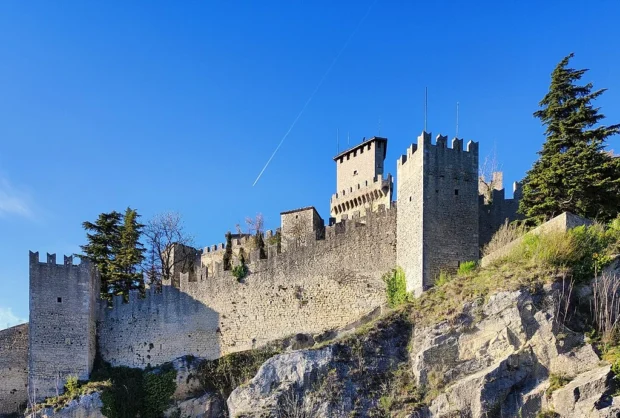San Marino, a small country tucked inside Italy, is often a quick stop for travelers zooming across Europe. But spend some time here, and you find yourself drawn into an old world where stones speak and flavors linger long after the meal ends. Sitting on Mount Titano’s slopes, surrounded by breathtaking views, San Marino blends history, quirks, and friendly chatter in a way that feels both grand and intimate. With cobbled alleys, fortified towers, and markets alive with stories, it’s a place that charms gently-perfect for those who love history, fresh air, and fresh food. Let’s wander through its streets, peek behind its walls, and savor its dishes with eyes wide open.
Table of Contents
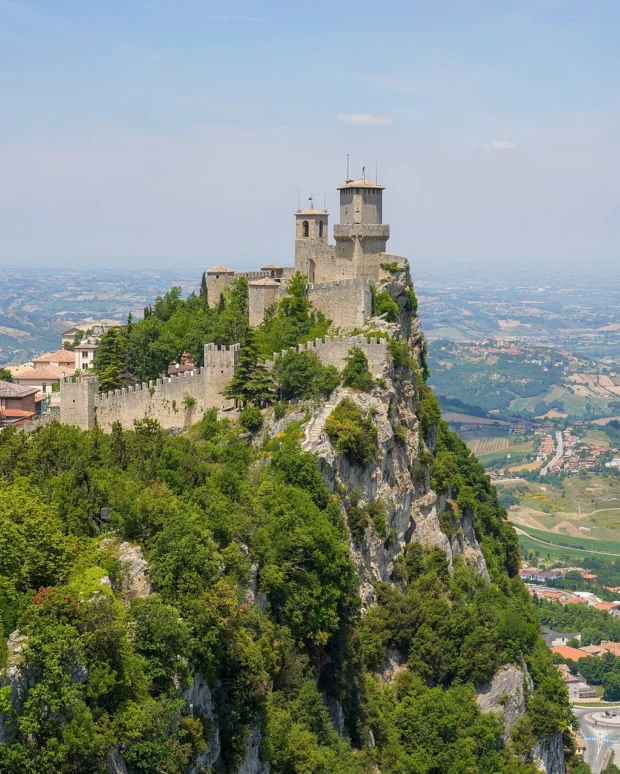
Winding Through Towers and Ancient Streets
San Marino’s most famous landmarks are its three towers: Guaita, Cesta, and Montale. Each perch proudly on different peaks of Mount Titano, guarding the landscape like old sentinels. The oldest, Guaita, dates back to the 11th century, and climbing its stony steps feels like stepping back a millennium. The castle walls are uneven, but that’s just part of their charm-they tell you stories of battles and daring escapes if you listen closely. From the towers, the panorama stretches far-rolling hills, distant mountains, and the patchwork of Italian countryside, all painted in the golden light of afternoon.
For those enchanted by San Marino’s ancient stones, the old town of Kotor in Montenegro offers a similar charm with its historic walls and seaside views.
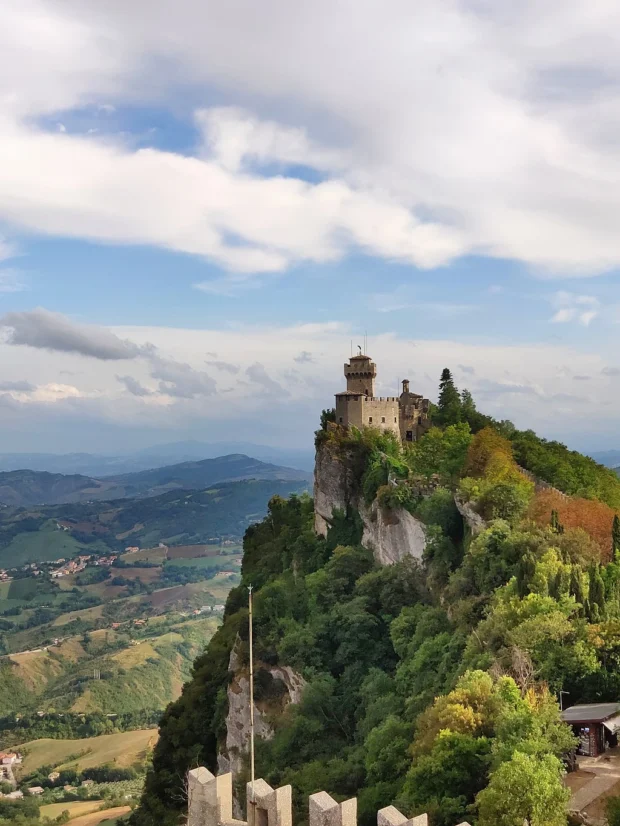
Strolling through the city center, the quiet hum of life mixes with the clatter of artisan shops opening their doors. You might find handwoven lace, miniature flags, and souvenirs crafted with care and history woven in every thread. Tucked away from the main paths, a small courtyard invites rest. There, you can almost hear echoes of medieval markets, the traders’ voices, hawking spices or pottery. Interestingly, San Marino’s compact size means every corner reveals something unexpected: a tiny chapel decorated with centuries-old frescoes, or a quiet square where locals sip espresso and watch the world pass.
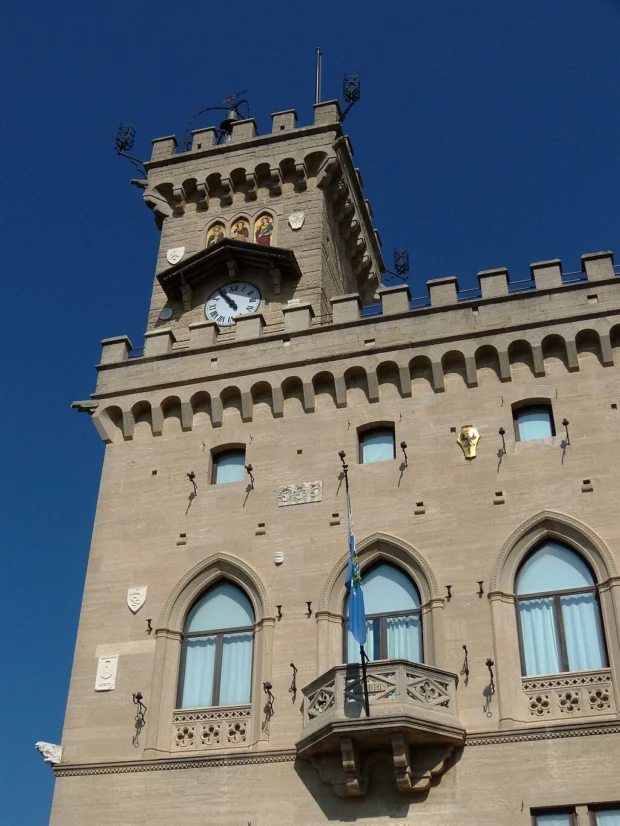
Markets and Friendly Faces: Savoring Daily Life
On market days, San Marino’s heart truly beats strongest. The weekly market draws farmers and artisans from nearby towns, making it more than a place to buy groceries-it’s a social ritual. Stalls brim with crisp vegetables, wild herbs, and fragrant cheeses. There’s a wonderful smell of freshly baked bread mingling with flowers and earth. One local, who was happily selling homemade honey, told me that the markets here are where you feel the true pulse of San Marino’s countryside traditions. He laughed when he added, “You’ll taste more than honey here-you’ll taste the stories of our hills.”
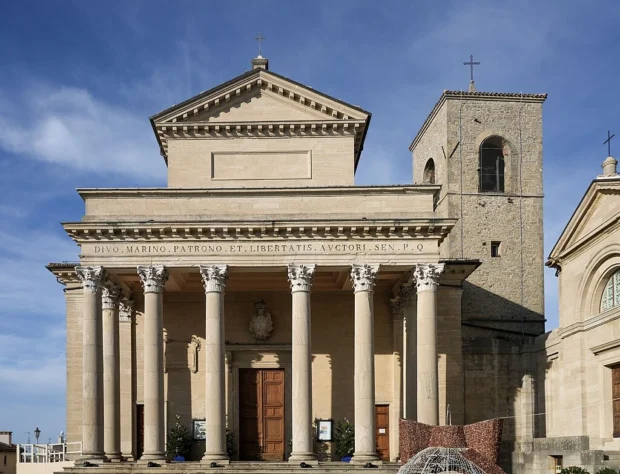
A walk along Via delle Mura, the path along the old city walls, leads to some quieter spots where artisans handcraft ceramics and ironwork. Watching their skilled hands reminded me how these crafts have long shaped San Marino’s culture. There’s a warmth in the exchanges between shopkeeper and visitor, a nod to simpler times when everyone knew each other and stories were as valuable as coins.
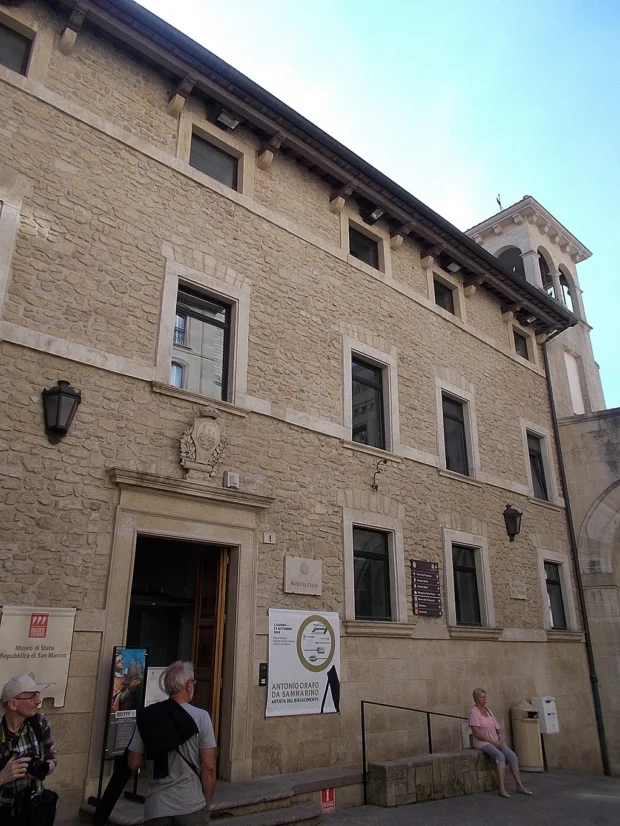
A Taste of San Marino’s Simple, Honest Flavors
Eat like a local here, and you’ll find dishes steeped in rustic simplicity. The peninsula’s influence is clear, yet San Marino adds its own touches. Cheeses like ‘formaggio di fossa’, aged in underground pits, offer rich, tangy flavors that surprise the palate. Platters of homemade pasta, sometimes shaped like tiny pockets, arrive dressed with fresh herbs or a slow-cooked meat sauce that’s quietly fragrant without overpowering.
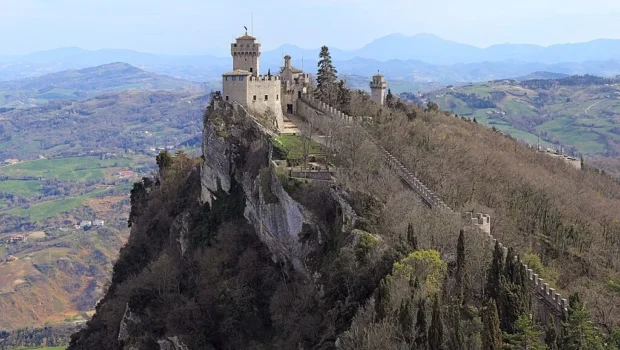
Try Torta Tre Monti, a layered wafer cake named after the three towers. It’s sweet but not cloying, combining chocolate and hazelnuts just enough to revive your energy for another walk. Meals are often enjoyed in small trattorias nestled in the winding alleys, where tables spread with gingham cloths and menus change with the seasons. Many locals prefer sitting outdoors when the weather allows, soaking in sun and chatter simultaneously.
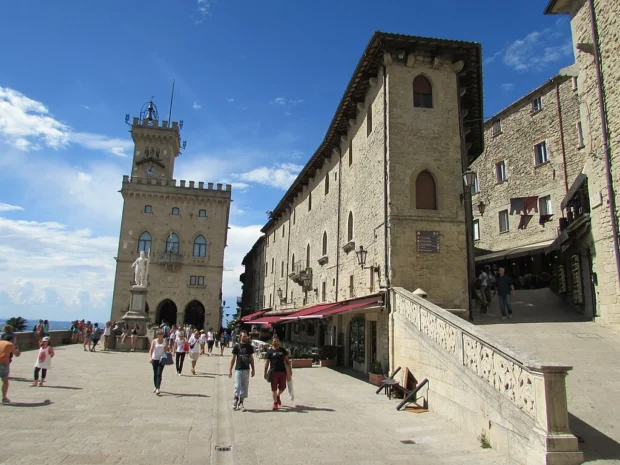
Getting Around San Marino Without Fuss
Reaching San Marino from Italy is a breeze for those flying into nearby airports such as Rimini’s Federico Fellini International. From there, buses climb up steep roads carrying visitors from the coast to the hilltop city. The journey itself is eye-opening, with glimpses of olive groves and vineyards passing by like a moving postcard. Once in San Marino, the city’s size means walking is the best way to get around. Streets wind up and down, so comfortable shoes are a must. If you’re feeling adventurous, small buses and funicular lines offer rides with views that make the ascent as delightful as the destination.
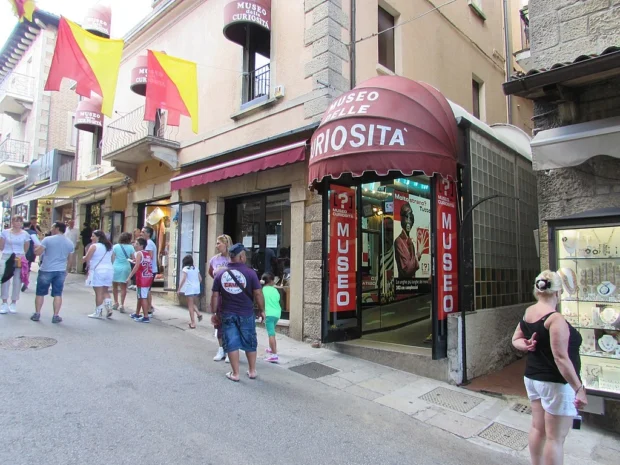
Customs, Conversations, and Quiet Respect
Spending days in San Marino, you quickly notice the gentle rhythm of everyday life here. People greet each other with a smile and a nod or a light kiss on the cheek if they know you well. It’s polite to say “Buongiorno” when entering a small shop and to thank the vendor with an equally friendly “Grazie.” Unlike bustling cities where life rushes by, here patience and politeness are signs of respect for the whole community.
One little note: when visiting religious sites like the Basilica di San Marino, dress modestly-covering shoulders and knees is appreciated. Also, remember that photography is often fine outdoors but may be restricted inside sacred spaces; watching for signs saves awkward moments. Lastly, although English is understood in many spots, attempting just a few words in Italian or the local dialect enchants locals and opens doors to warmer chats.
Beyond The Towers: Little Secrets of San Marino
Most visitors focus on the towers or the markets, but if you wander a little further, San Marino has whispers of stories waiting to surprise you. The State Museum holds artifacts from the republic’s long life, including ancient coins and weapons that hint at centuries of trade and defence. And at night, the city lights play tricks-casting long shadows and turning walls into giant storybooks.
Did you know San Marino claims to be the world’s oldest republic, founded in the year 301 AD? According to legend, a stonemason named Marinus fled persecution and built a chapel on Mount Titano, laying the foundation for the small republic. Today, with less than 35,000 people living there, it holds fast to its traditions, from its own currency to its government. It’s like stepping into a mini-world that guards its history lovingly, even as tourists stroll its streets.
One curious fun fact: San Marino allows you to buy special license plates with three numbers-some visitors snap these up as souvenirs, turning a car registration into a piece of personal history.
Where to Rest Your Head in San Marino
Accommodation here reflects the country’s quiet elegance: small guesthouses, charming inns, and family-run B&Bs often perched with views over the hills or nestled in the oldest parts of the city. These places tend to be welcoming rather than flashy, perfect for those who want to feel part of everyday San Marino life. Staying near the city center means waking up to church bells and stepping outside right into narrow alleys perfect for a morning stroll. If you want a touch of countryside, some lodgings are found just outside the city walls among vineyards and olive trees.
San Marino feels like a secret shared with those who slow down to listen-to stone walls, to market chatter, and to the echo of footsteps along winding paths. It’s a place that humbles with its simplicity and delights with its quiet beauty. For lovers of old towns, castles, and genuine encounters, it’s a small wonder worth many visits.
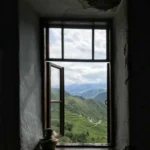
Eastern Europe travel specialist uncovering hidden gems from the Baltics to the Balkans.
- San Marino Guaita by Terragio67 on Wikimedia Commons – cc by-sa 4.0
- Fortress of Guaita – First Tower (San Marino) by Commonists on Wikimedia Commons – cc by-sa 4.0
- La Cesta, San Marino by Mannivu on Wikimedia Commons – cc by-sa 4.0
- Palazzo Pubblico – San Marino (4) by Adam91 on Wikimedia Commons – cc by 3.0
- Cathedral San Marino – Exterior by Newbio623 on Wikimedia Commons – cc by-sa 4.0
- RSM-San Marino109 by Szeder László on Wikimedia Commons – cc by-sa 4.0
- Torri, Cesta e Montale – San Marino – GT 02 v3 – 2024-03-25 by Terragio67 on Wikimedia Commons – cc by-sa 4.0
- Piazza della Liberta din San Marino2 by Cezar Suceveanu on Wikimedia Commons – cc by-sa 4.0
- Museo della Curiosita din San Marino by Cezar Suceveanu on Wikimedia Commons – cc by-sa 4.0
